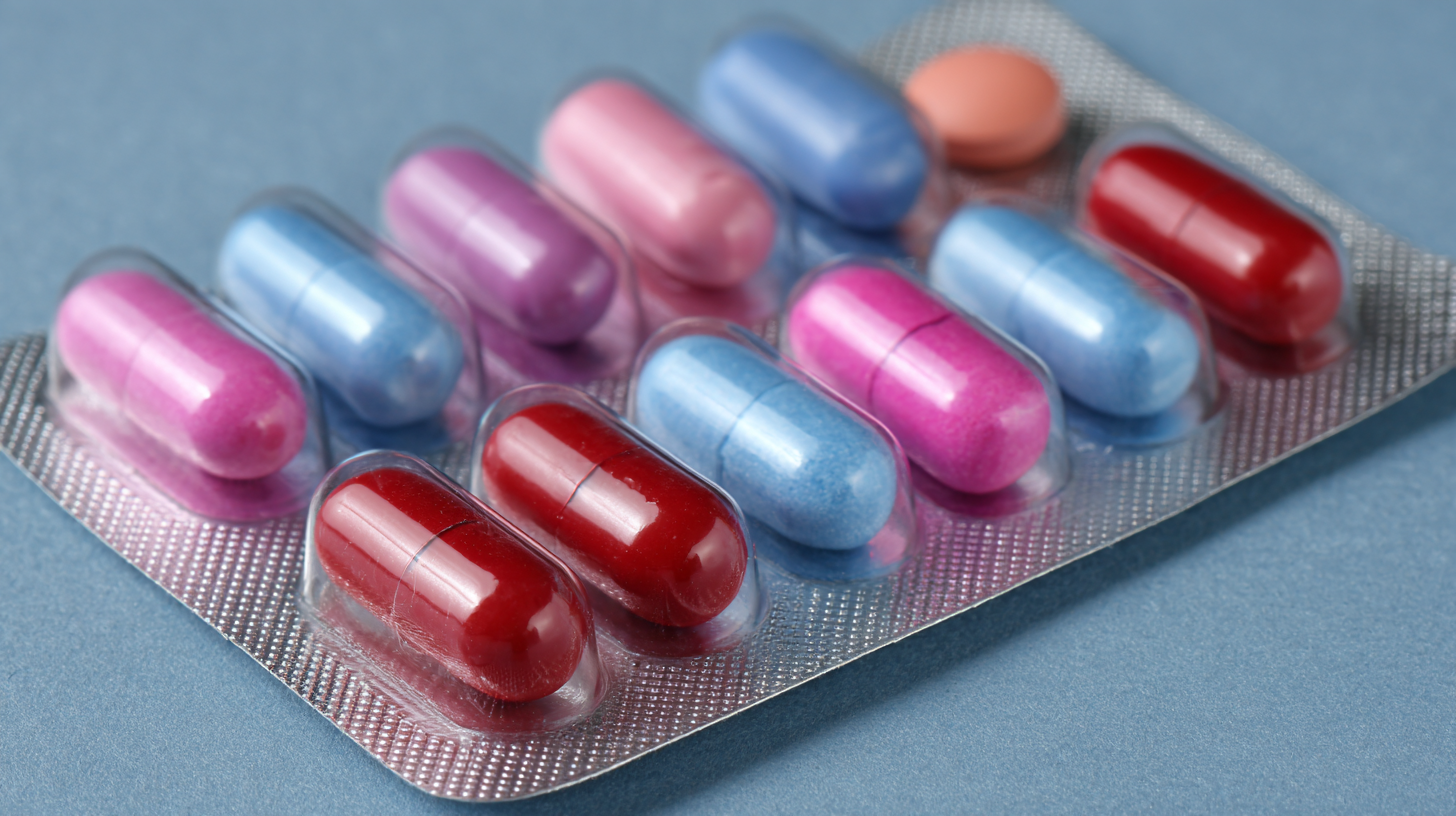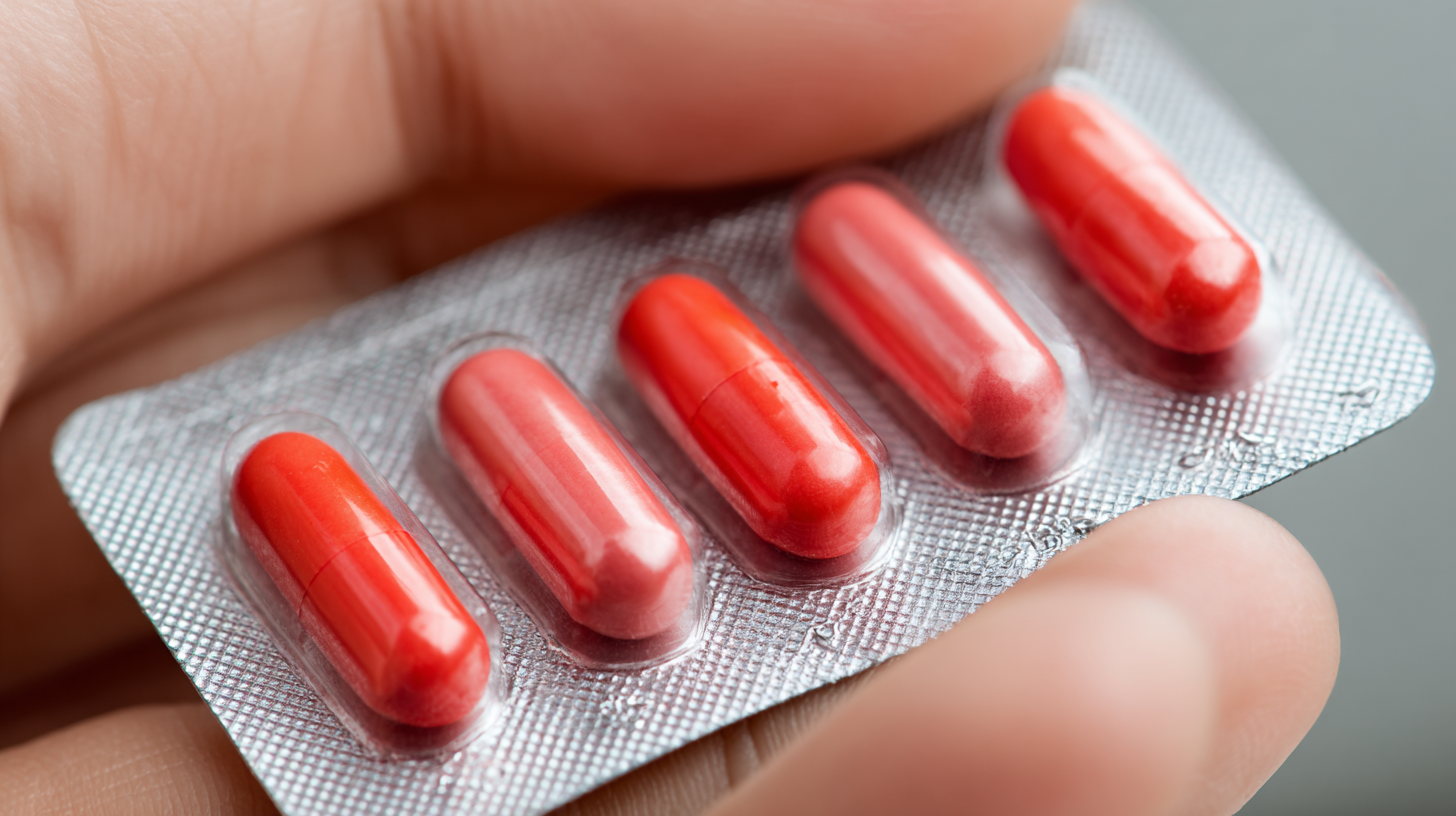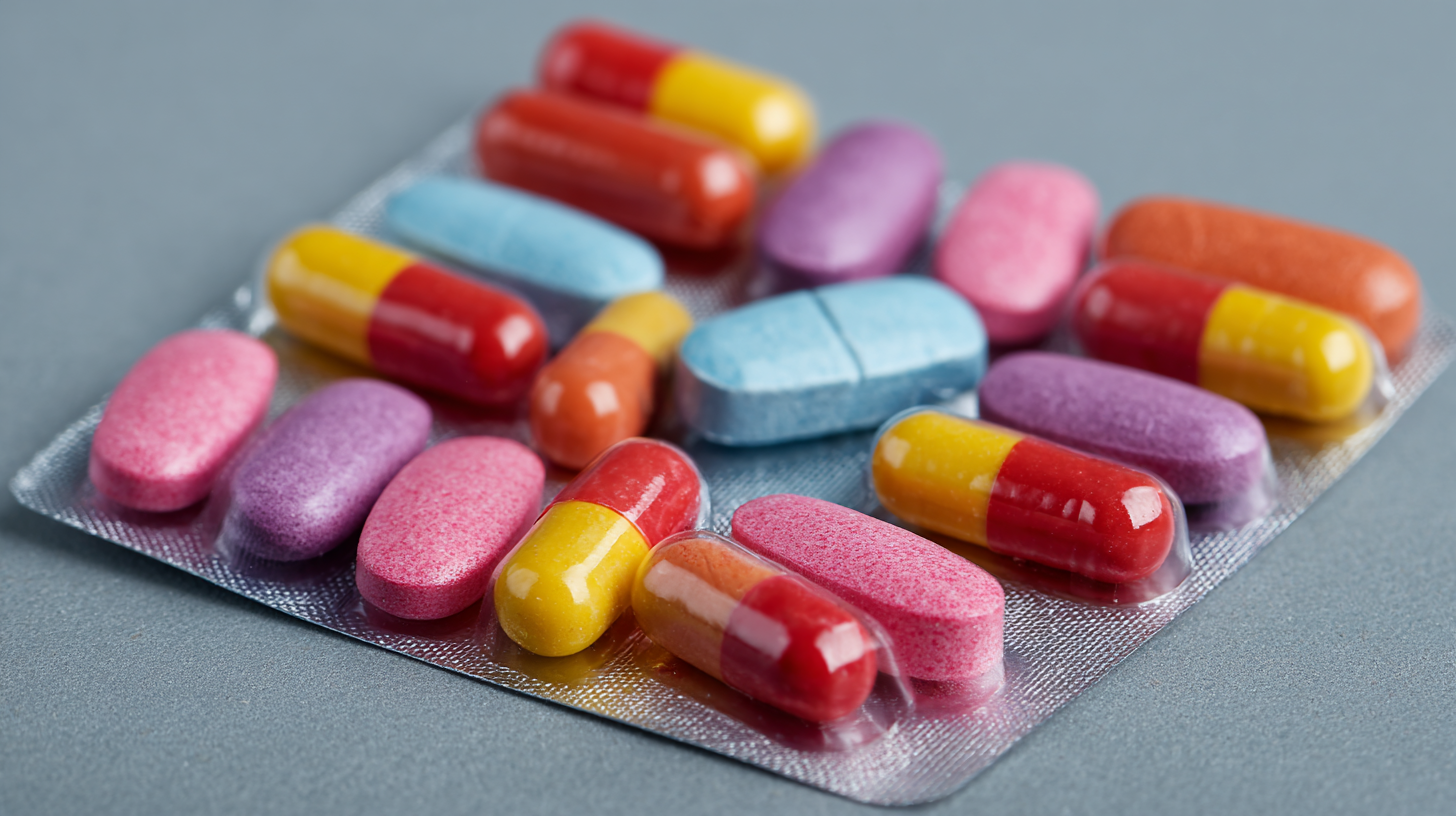
Blog
How to Effectively Use Oral Dispersible Tablets for Enhanced Patient Compliance and Drug Delivery
The increasing prevalence of chronic diseases and the necessity for consistent medication adherence have led to innovations in pharmaceutical formulations, among which Oral Dispersible Tablets (ODTs) have gained significant attention. According to a report by Grand View Research, the global market for ODTs is expected to reach USD 25.5 billion by 2026, reflecting their rising acceptance among patients due to their ease of use and rapid dissolution properties. ODTs, designed to disintegrate quickly in the mouth without the need for water, cater particularly to populations such as pediatric and geriatric patients, who often struggle with traditional tablet forms. By enhancing patient compliance and potentially improving therapeutic outcomes, ODTs present a valuable solution in modern drug delivery systems. Understanding the effective application of ODTs, especially in terms of formulation strategies and patient education, is essential for healthcare professionals aiming to optimize treatment efficacy and patient satisfaction.

Best Practices for Counseling Patients on Oral Dispersible Tablet Usage
Counseling patients on the effective use of oral dispersible tablets (ODTs) is essential for improving adherence and ensuring optimal drug delivery. According to a study published in the *Journal of Pharmacology & Pharmacy*, patient compliance rates can increase by 30% when ODTs are correctly utilized. This enhancement is particularly crucial in populations such as the elderly or individuals with swallowing difficulties, where traditional tablets may pose a challenge. Educating patients on the proper method of taking ODTs—placing the tablet on the tongue and allowing it to dissolve without water—can significantly enhance the experience and therapeutic outcomes.
Furthermore, effective communication about the advantages of ODTs can empower patients. Highlighting data from a recent survey by the National Center for Health Statistics, over 50% of respondents expressed preference for ODTs citing convenience and ease of use as primary factors. Counselors should also provide tips on managing any residual taste or texture issues, as these can deter continued use. By addressing these concerns and reinforcing the importance of adherence, healthcare professionals can guide patients to maximize the benefits of oral dispersible tablets, ultimately leading to improved health outcomes.

Key Advantages of Oral Dispersible Tablets Over Traditional Forms
Oral dispersible tablets (ODTs) have emerged as a revolutionary alternative to traditional tablet forms, offering several unique advantages that enhance patient compliance and drug delivery. One of the primary benefits of ODTs is their ease of use, particularly for individuals who have difficulty swallowing pills. These tablets rapidly dissolve in the mouth, providing convenience without the need for water. This feature is particularly advantageous for pediatric and geriatric populations, who may struggle with larger, conventional tablets.
**Tips for Enhancing Acceptance of ODTs:**
To encourage patient acceptance of oral dispersible tablets, healthcare providers should educate patients about their benefits, emphasizing the ease of dosage and rapid absorption. Additionally, offering ODTs in appealing flavors can help improve compliance, especially for younger patients. It is also beneficial to remind patients that ODTs can be taken discreetly, making them a suitable option for on-the-go administration.
Another significant advantage of ODTs is their ability to provide a faster onset of action. The quick disintegration and absorption facilitate immediate therapeutic effects, which is crucial for certain medications. Moreover, this delivery method can minimize the risk of gastrointestinal side effects often associated with conventional tablets, resulting in a more favorable patient experience.
How to Effectively Use Oral Dispersible Tablets for Enhanced Patient Compliance and Drug Delivery - Key Advantages of Oral Dispersible Tablets Over Traditional Forms
| Dimension | Oral Dispersible Tablets | Traditional Tablets |
|---|---|---|
| Patient Compliance | Higher due to ease of use | Lower, may require water |
| Onset of Action | Faster absorption | Delayed due to disintegration time |
| Flavors & Acceptability | Variety of flavors available | Limited flavor options |
| Administration | No water required | Requires water for swallowing |
| Dosage Accuracy | Precise dosing with formulations | Variability due to preparation |
| Convenience | Portable and easy to use | Bulkier, less convenient |
Techniques for Optimal Storage and Handling of Oral Dispersible Tablets
Oral dispersible tablets (ODTs) have gained prominence in enhancing patient compliance due to their ease of administration and rapid disintegration. However, optimal storage and handling of these tablets are crucial for maintaining their effectiveness and safety. According to a report from the International Journal of Pharmaceutics, improper storage conditions can lead to decreased bioavailability, affecting the therapeutic outcomes for patients. It is essential to store ODTs in a cool, dry environment, away from light and moisture, as exposure to these factors can induce degradation.
Additionally, proper handling techniques are imperative to avoid contamination and maintain the integrity of the tablets. The American Pharmacists Association advises that caregivers and patients should wash their hands thoroughly before handling ODTs. Moreover, using dry hands and avoiding direct contact with the tablet surface can further preserve its quality. A study published in the European Journal of Pharmaceutical Sciences found that ODTs containing moisture-sensitive ingredients experienced a significant decline in dissolution performance when not stored correctly. Thus, following these guidelines can enhance the reliability of oral dispersible tablets in clinical settings.
Understanding Dosing and Administration for Enhanced Efficacy
Oral dispersible tablets (ODTs) offer a unique advantage in medication adherence, particularly for patients who have difficulty swallowing traditional tablets or those who seek a more convenient dosing option. Understanding dosing and administration is crucial for maximizing the efficacy of ODTs. These tablets rapidly dissolve in saliva, allowing for easy ingestion without the need for water, making them ideal for patients such as the elderly, children, or those with dysphagia. Proper administration involves placing the tablet on the tongue and allowing it to disperse before swallowing, which can enhance bioavailability and lead to quicker therapeutic effects.

Additionally, it is important to consider dosing guidelines and individual patient needs when prescribing ODTs. Factors such as the patient’s age, weight, and overall health should guide the proper dosing regimen to ensure optimal outcomes. Healthcare providers must also educate patients on how to properly take ODTs and explain the importance of adhering to the prescribed schedule to maintain effective drug levels in the bloodstream. By focusing on these aspects of dosing and administration, healthcare professionals can significantly improve patient compliance and therapeutic efficacy of oral dispersible tablets.
Common Mistakes to Avoid When Using Oral Dispersible Tablets
When using oral dispersible tablets (ODTs), it's crucial to understand and avoid common mistakes that can compromise patient compliance and drug delivery. One prevalent error is overlooking the proper administration technique. ODTs are designed to dissolve on the tongue without the need for water, yet many patients incorrectly chew or swallow them whole. This not only diminishes the therapeutic effect but can also lead to suboptimal absorption. According to a study published in the Journal of Clinical Pharmacy and Therapeutics, improper use of ODTs can decrease drug bioavailability by up to 40%, significantly affecting treatment outcomes.
Another common pitfall involves patient education. It's essential to ensure that patients are well-informed about the specific indications and proper use of ODTs. In a survey conducted by the American Medical Association, it was found that 25% of patients did not understand how to take their prescribed ODTs correctly. Healthcare providers must emphasize the importance of letting the tablet dissolve completely in the mouth, as this can enhance absorption and efficacy. By addressing these mistakes, healthcare professionals can improve patient compliance and ensure effective drug delivery, leading to better overall health outcomes.
Patient Compliance with Oral Dispersible Tablets
Related Posts
-

Top Strategies for Enhancing Efficiency with Blister Packing Machines in Pharmaceutical Manufacturing
-

Elevating Manufacturing Standards with the Best Capsule Loader Machine
-

Challenges in Selecting the Right Blister Packing Machine for Your Production Needs
-

Understanding the Efficiency of Powder Mixers in Modern Manufacturing
-

5 Unmatched Mixer Powder Applications Transforming Your Production Process
-

Ultimate Guide to Efficient Capsule Loader Machine Solutions for Your Production Needs



